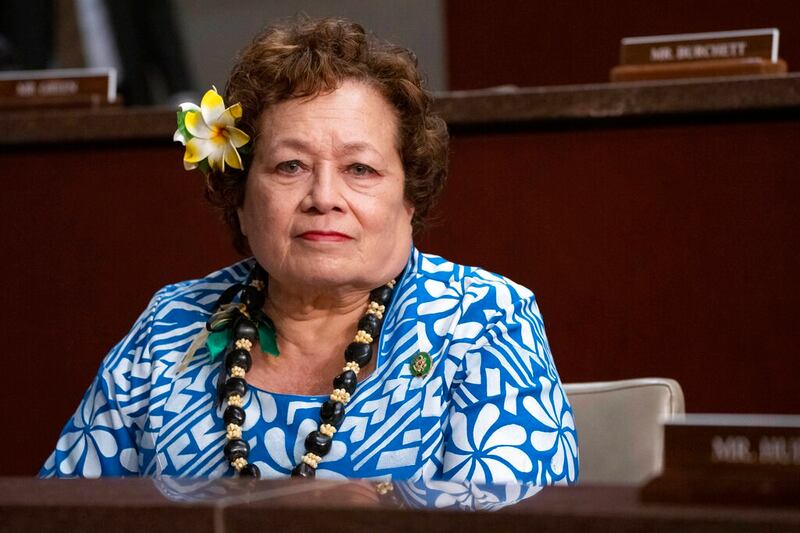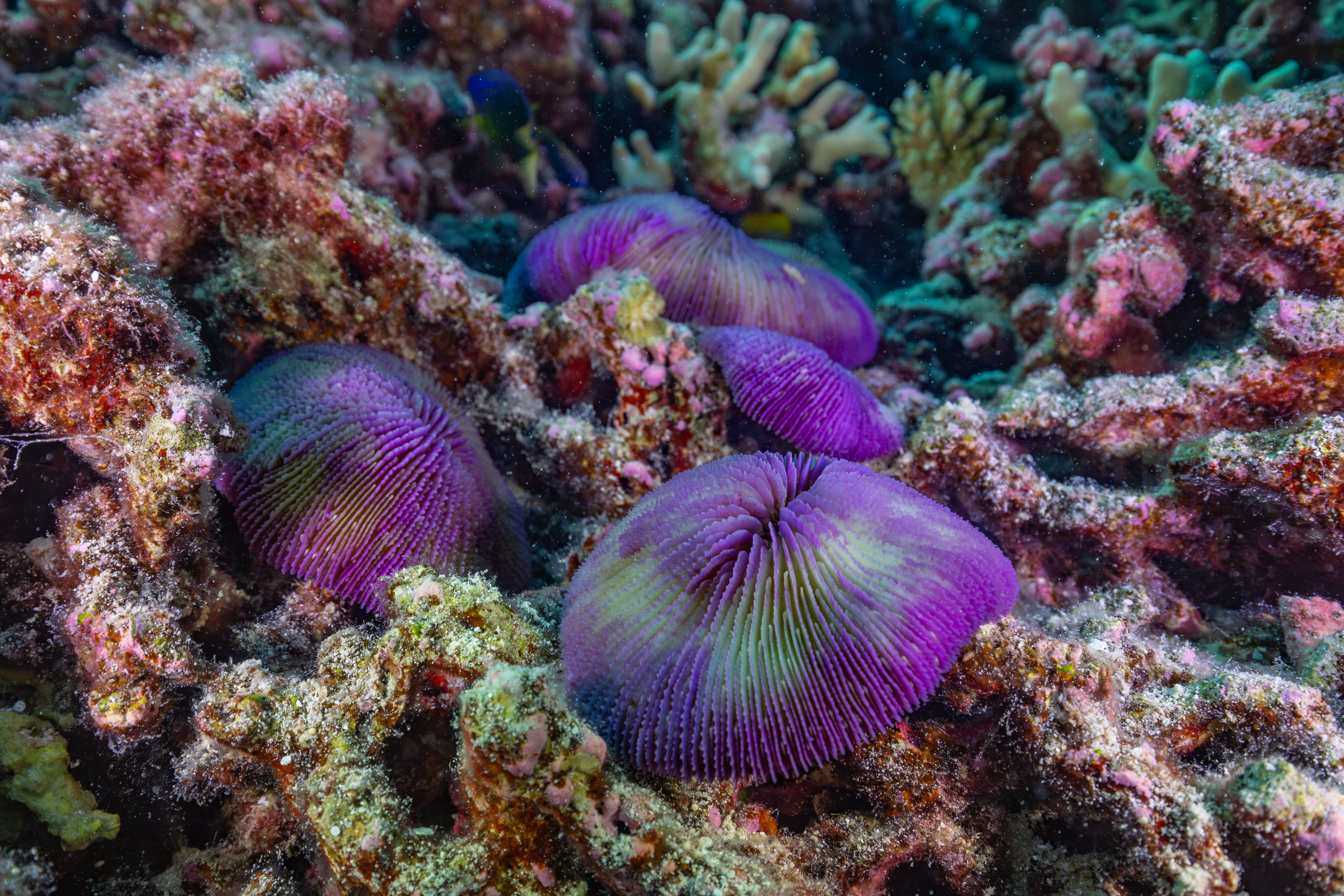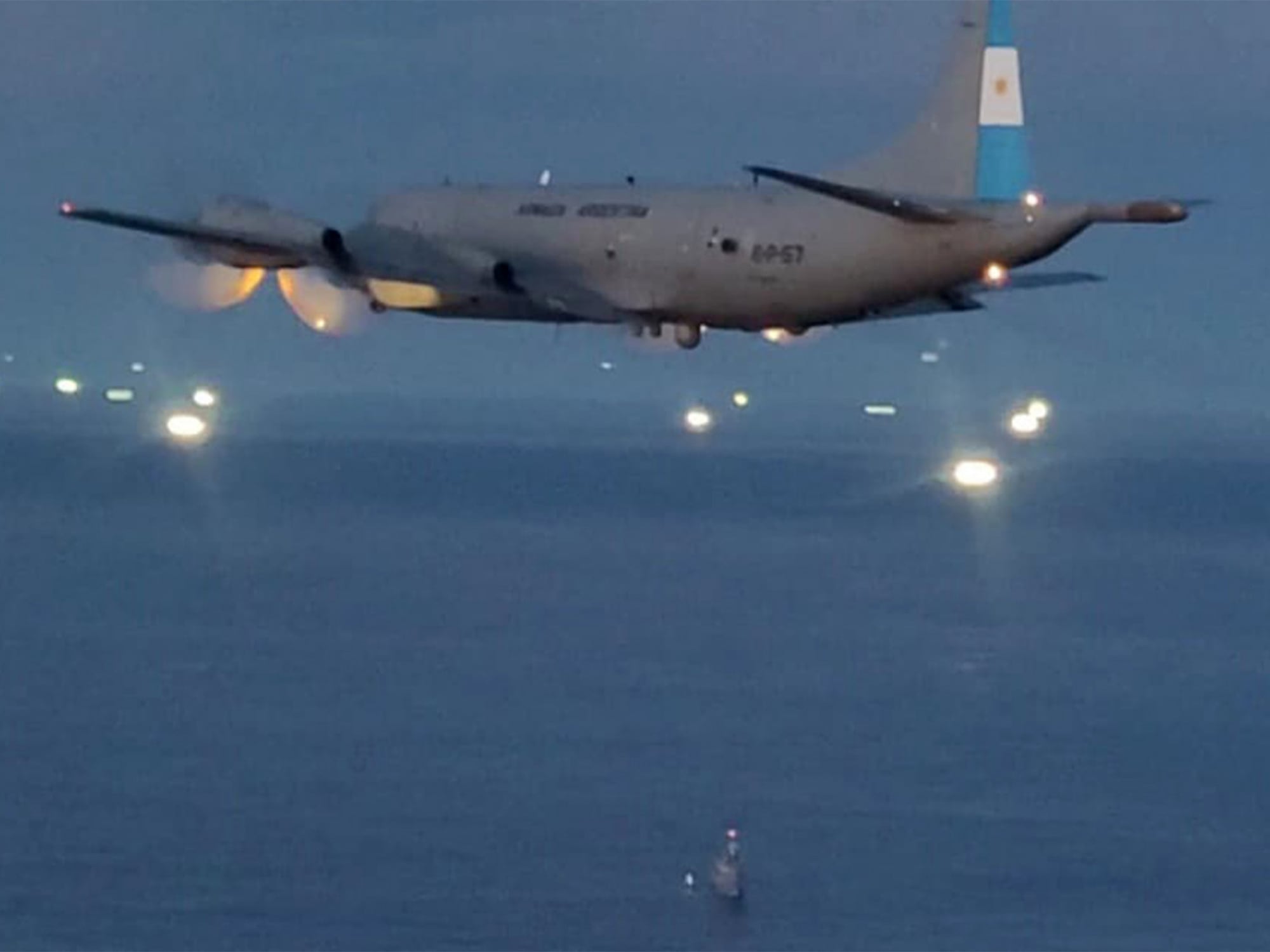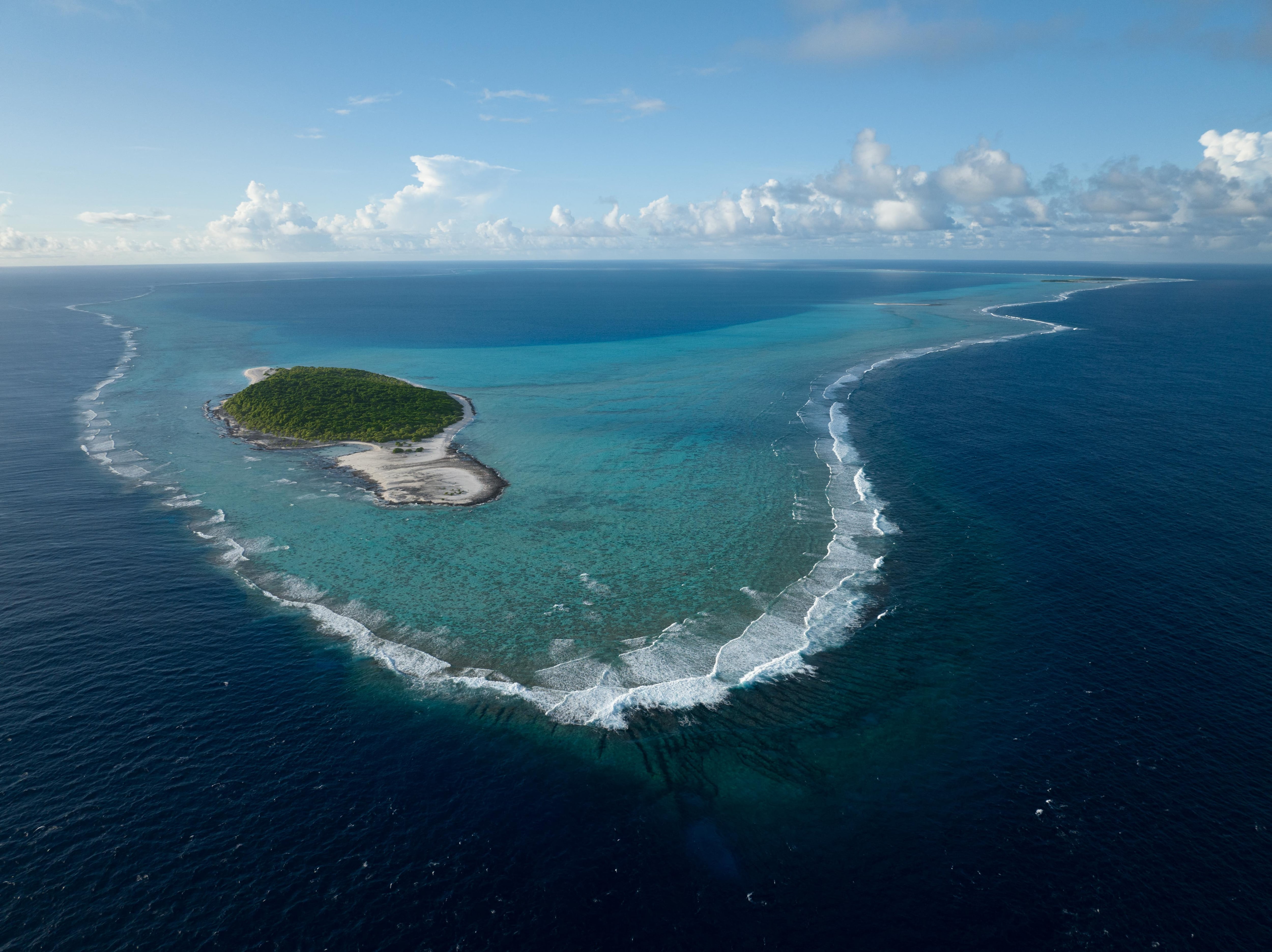BANGKOK – U.S. President Donald Trump has opened a vast Pacific marine sanctuary to commercial fishing in a move the administration says will benefit American Samoa, a U.S. territory economically reliant on a single tuna cannery.
A Trump proclamation last week allows U.S.-flagged vessels to fish 50-200 nautical miles from land inside the protected area. The sanctuary encompasses waters around several islands, atolls and reefs that scientists say harbor among the most diverse marine life on the planet.
Protection of the 1.3 million square kilometer (495,000 square mile) sanctuary is doing little to guard against overfishing because tuna and other open seas fish species are migratory, according to the proclamation.
American fishing fleets have lost access to nearly half of the United States’ exclusive economic zone in the Pacific as a result of prohibitions on commercial fishing, it said.
“This has driven American fishermen to fish further offshore in international waters to compete against poorly regulated and highly subsidized foreign fleets,” the proclamation said. A White House fact sheet on the decision specified Chinese-flagged fishing vessels as the most notable of the foreign fishing fleets.
China’s high seas fishing fleet is the world’s largest, comprising thousands of vessels and a significant proportion of the global fish catch. Subsidized by Beijing and prone to illegality, it plays a key role in both the depletion of ocean fish populations and feeding China’s 1.4 billion people.
The U.S. proclamation is an about-face for its ocean conservation efforts. The previous U.S. administration of President Joe Biden had planned to expand the sanctuary to 2 million square kilometers (770,000 square miles), larger than the Gulf of Mexico.
Some research suggests that marine sanctuaries, if sufficiently large, have spillover effects that boost the populations of migratory fish such as tuna.
Using publicly available data from nine sanctuaries in the Pacific and Indian oceans, researchers at the University of Hawaii and Stanford University last year said tuna catches increased by 12% to 18% near protected area boundaries. Further away from the boundaries, the increase was smaller.
American Samoa, which as an unincorporated territory has only a non-voting representative in Congress, had opposed the sanctuary expansion. Local officials had said it would likely devastate the territory’s economy.
Tuna fishing provides about 5,000 jobs in American Samoa, where a South Korean-owned StarKist tuna cannery is its largest business, but has been in decline. The American Samoan islands, located to the south of the marine sanctuary, are home to fewer than 50,000 people after suffering a shrinking population for at least the past decade.

American Samoa’s member of Congress, Aumua Amata Coleman Radewagen, said allowing fishing in the sanctuary is a “sensible” decision.
The proclamation is “important to the stability and future of American Samoa’s economy, but it also is fantastic news for U.S. food security,” Amata said in a statement.
“The vast Pacific Islands area cannot fall under the domination of an increasingly aggressive CCP,” she said, referring to China’s ruling Communist Party.
Edited by Mike Firn and Taejun Kang.



